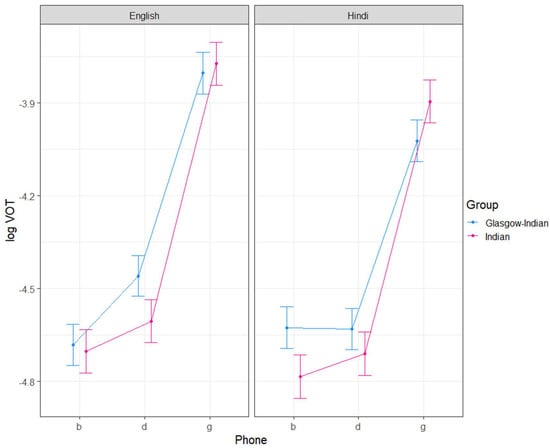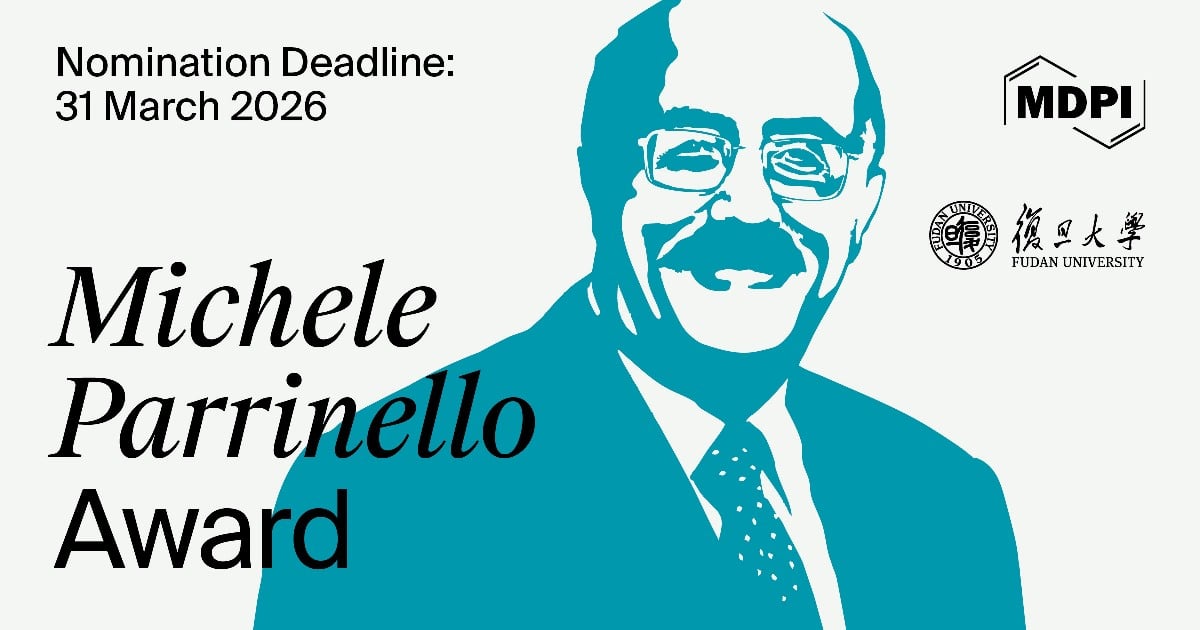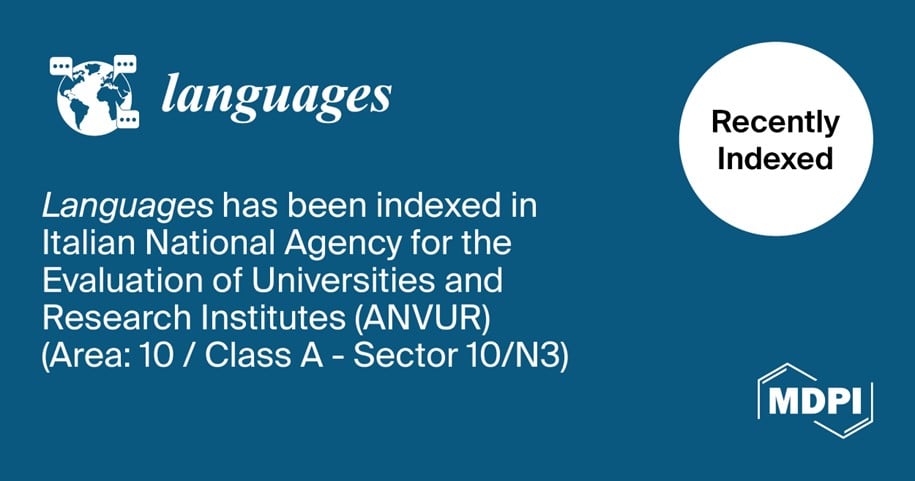-
 Measuring Emotion Recognition Through Language: The Development and Validation of an English Productive Emotion Vocabulary Size Test
Measuring Emotion Recognition Through Language: The Development and Validation of an English Productive Emotion Vocabulary Size Test -
 Translanguaging and Second-Language Reading Proficiency: A Systematic Review of Effects and Methodological Rigor
Translanguaging and Second-Language Reading Proficiency: A Systematic Review of Effects and Methodological Rigor -
 Distribution and Timing of Verbal Backchannels in Conversational Speech: A Quantitative Study
Distribution and Timing of Verbal Backchannels in Conversational Speech: A Quantitative Study -
 Paradoxes of Language Policy in Morocco: Deconstructing the Ideology of Language Alternation and the Resurgence of French in STEM Instruction
Paradoxes of Language Policy in Morocco: Deconstructing the Ideology of Language Alternation and the Resurgence of French in STEM Instruction -
 Negative Indefinite Constructions in Bantu: ‘Nobody’
Negative Indefinite Constructions in Bantu: ‘Nobody’
Journal Description
Languages
- Open Access— free for readers, with article processing charges (APC) paid by authors or their institutions.
- High Visibility: indexed within Scopus, ESCI (Web of Science), ERIH Plus, and other databases.
- Journal Rank: JCR - Q2 (Linguistics) / CiteScore - Q1 (Language and Linguistics)
- Rapid Publication: manuscripts are peer-reviewed and a first decision is provided to authors approximately 56.6 days after submission; acceptance to publication is undertaken in 10.7 days (median values for papers published in this journal in the first half of 2025).
- Recognition of Reviewers: reviewers who provide timely, thorough peer-review reports receive vouchers entitling them to a discount on the APC of their next publication in any MDPI journal, in appreciation of the work done.
Latest Articles
E-Mail Alert
News
Topics
Conferences
Special Issues
Deadline: 30 November 2025
Deadline: 30 November 2025
Deadline: 30 November 2025
Deadline: 5 December 2025

















